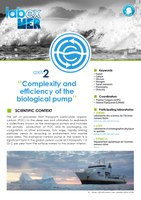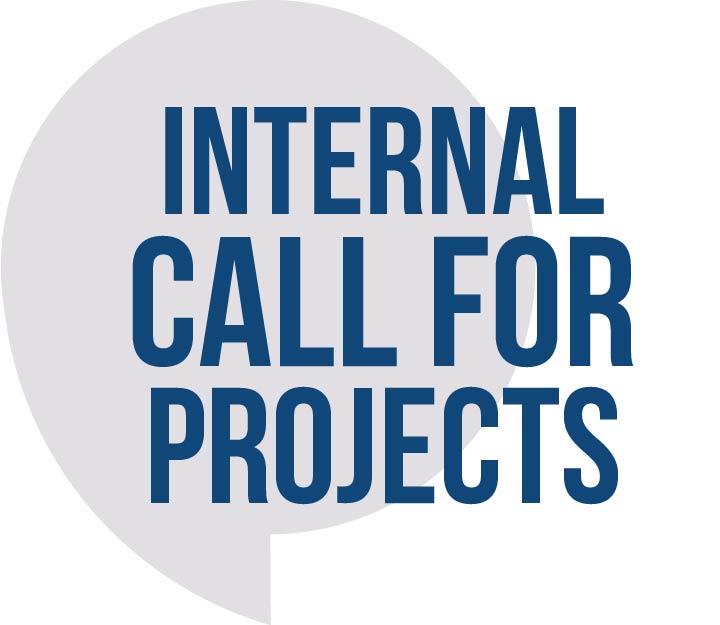Axis 2

Coordinators
Thomas GORGUES (LOPS), Hélène PLANQUETTE (LEMAR)
Participating laboratories
- LEMAR (Laboratoire des sciences de l'environnement marin) CNRS, UBO, IRD, Ifremer
- LOPS (Laboratoire océanographie physique et spatiale) CNRS, UBO, IRD, Ifremer
- DYNECO (Département dynamiques de l’environnement côtier) Ifremer
Scientific context
The set of processes that transports particulate organic carbon (POC) to the deep sea and ultimately to sediments is collectively known as the «biological pump» and includes the primary production of POC and its packaging via coagulation or other processes, into large, rapidly sinking particles versus its recycling or entrainment into marine food webs. This biological carbon pump in the ocean is a significant term in the global carbon cycle as it transports ~10 Gt C per year from the surface waters to the ocean interior.
Roadmap
- How do marine microorganisms and ecosystem functioning diversity impact the efficiency of production?
- How do trace metals control the operation and structure of these ecosystems?
- What are the controls on the Carbon export efficiency?
Expected results
These data could also be implemented in coupled (physics-biogeochemistry) models such as NEMOPISCES.
More information (downloads)
NEW : 2016-2019 axis 2 roadmap
Document Actions













